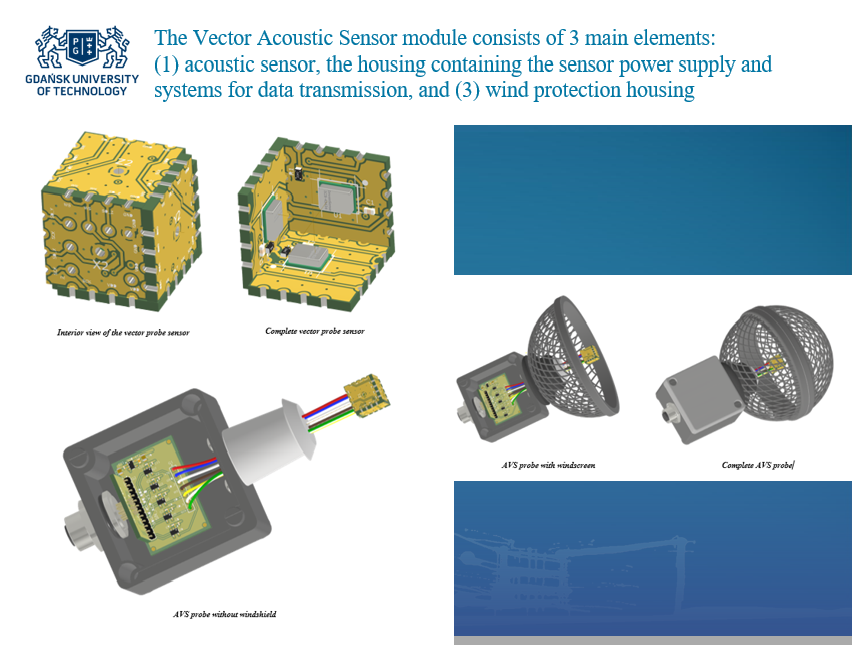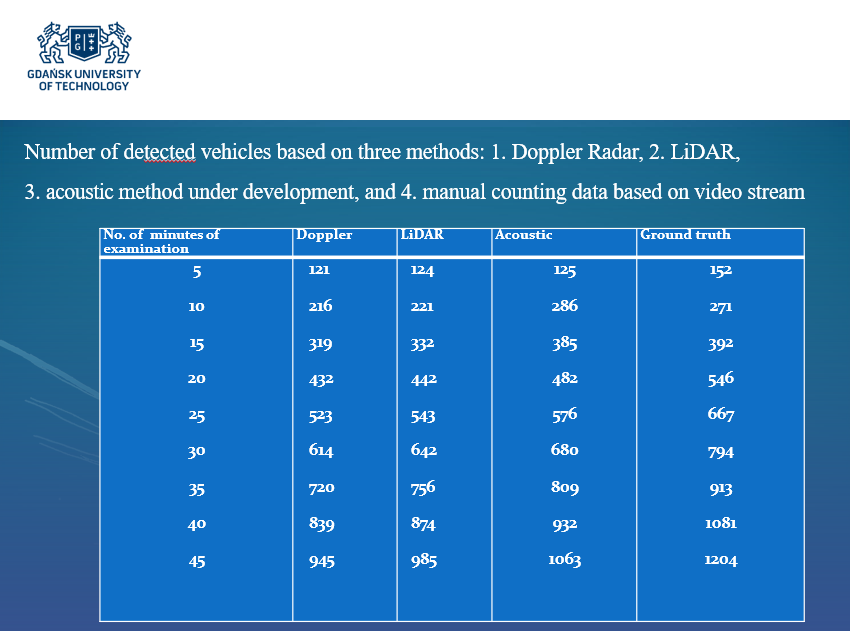3pEA6 – Selective monitoring of noise emitted by vehicles involved in road traffic
Andrzej Czyżewski
Gdansk University of Technology
Multimedia Systems Department
80-233 Gdansk, Poland
www.multimed.org
E-mail: ac@pg.edu.pl
Tomasz Śmiałkowski
SILED Co. Ltd.
83-011 Gdańsk Poland
http://siled.pl/en/
E-mail: biuro@siled.pl
Popular version of paper 3pEA6 Selective monitoring of noise emitted by vehicles involved in road traffic
Presented Thursday afternoon, June 10, 2021
180th ASA Meeting, Acoustics in Focus
The aim of the project carried out by a Gdansk University of Technology in cooperation with an electronics company is to conduct industrial research, development, and pre-implementation works on a new product, namely an intelligent lighting platform. This kind of street lamp system called infoLIGHT using a new generation of LEDs will become a smart city access point to various city services (Fig. 1).
Figure 1 Intelligent lighting platform – infoLIGHT project website
The research focuses on the electronics built in the street lamp using multiple sensors (Fig. 2), including an acoustic intensity probe that measures the sound intensity in three orthogonal directions, making it possible to calculate the azimuth and elevation angles, describing the sound source position.
Figure 2 – Road lamp design
The acoustic sensor is made in the form of a cube with a side of 10 mm, on the inner surfaces of which the digital MEMS microphones are mounted (Fig. 3). The acoustic probes were mounted on the lamp posts that illuminate the roadways depending on the volume of traffic.
Figure 3 Acoustical vector sensor – construction
The algorithm works in two stages. The first stage is the analysis of sound intensity signals to detect acoustic events. The second stage analyses acquired signals based on the normalized source position; its task is to determine whether the acoustic event represents what kind of a vehicle passing the sensor and detecting its movement direction. A neural network was applied for selective analysis of traffic noise (Fig. 4). The neural network depicted in Figure 4 is the so-called 1D (one-dimensional) convolution neural network. It was trained to count vehicles passing by through the analysis of noise emitted by them.
Figure 4 Neural network applied for selective analysis of traffic noise
The paper presented at the ASA Meeting explains how accurately traffic can be monitored through directional noise analysis emitted by vehicles and shows the resulting application to smart cities (see Fig. 5).
Figure 5 Comparative results of traffic analysis employing various approaches
The Polish National Centre for Research and Development (NCBR) subsidizes project No. POIR.04.01.04/2019 is entitled: infoLIGHT – “Cloud-based lighting system for smart cities” from the budget of the European Regional Development Fund.















